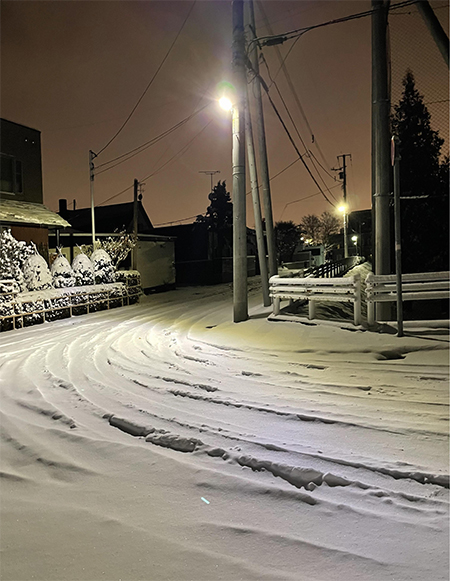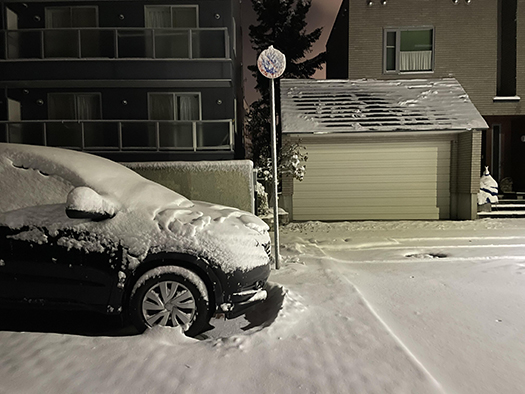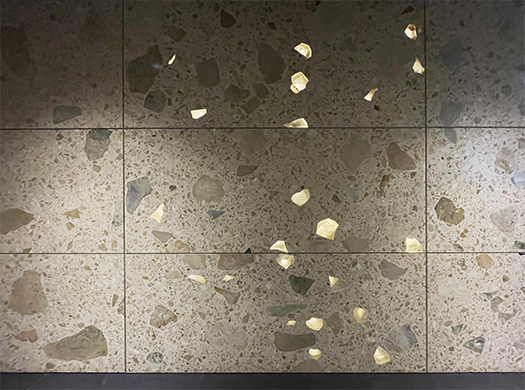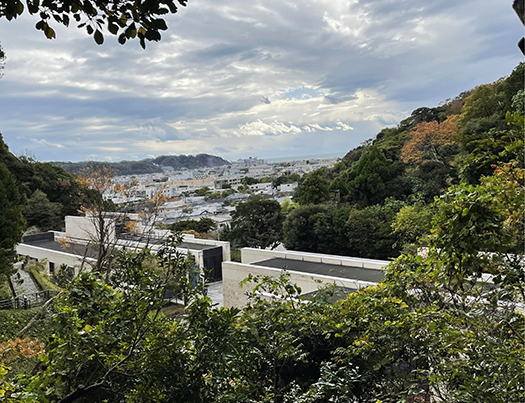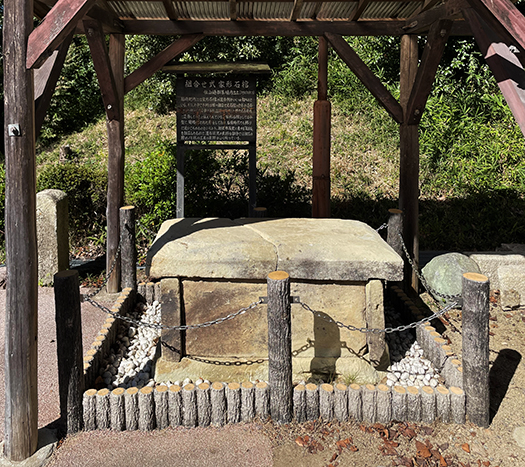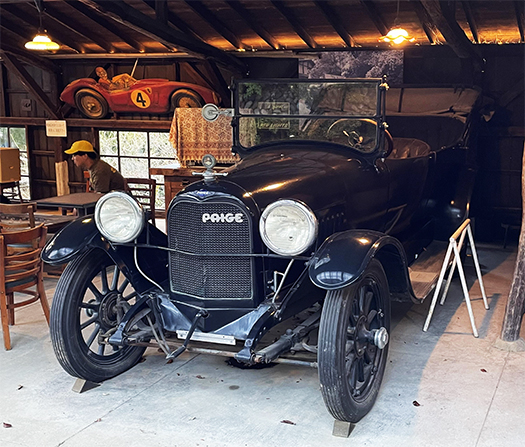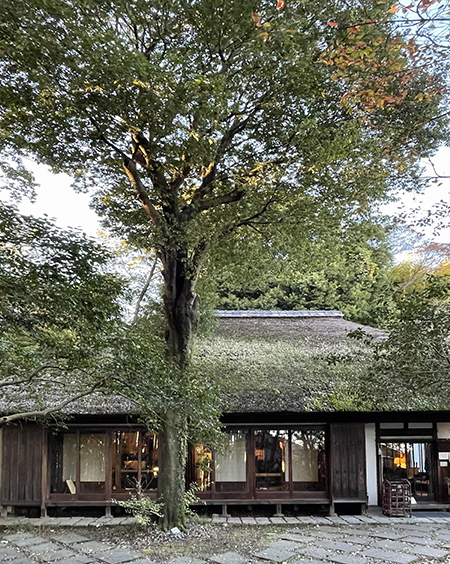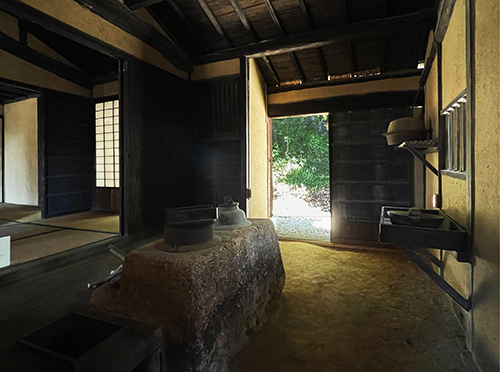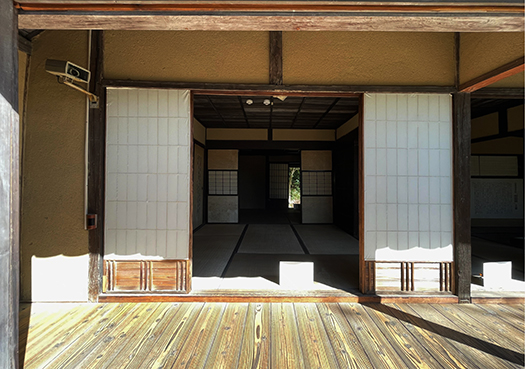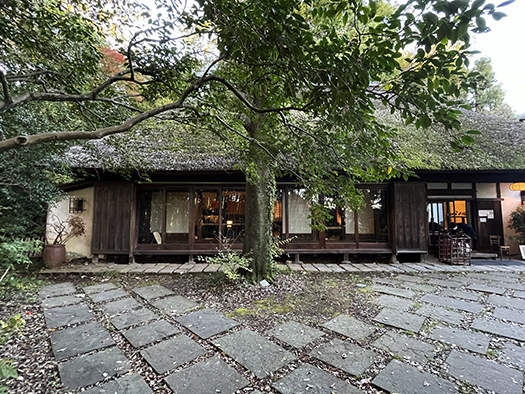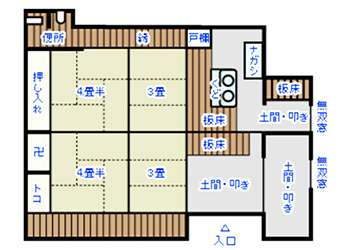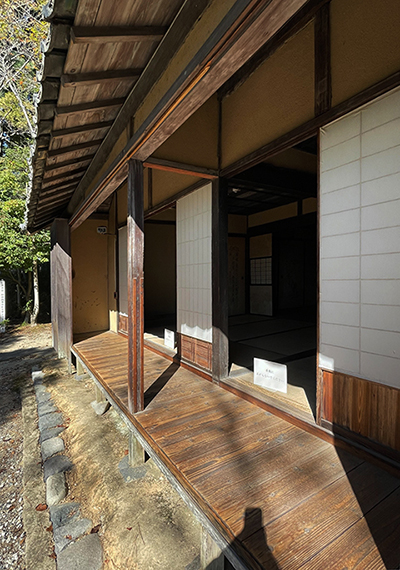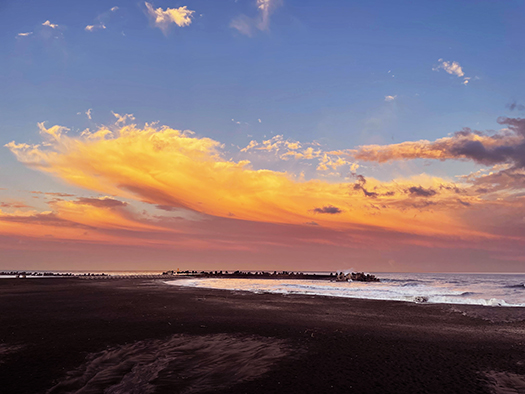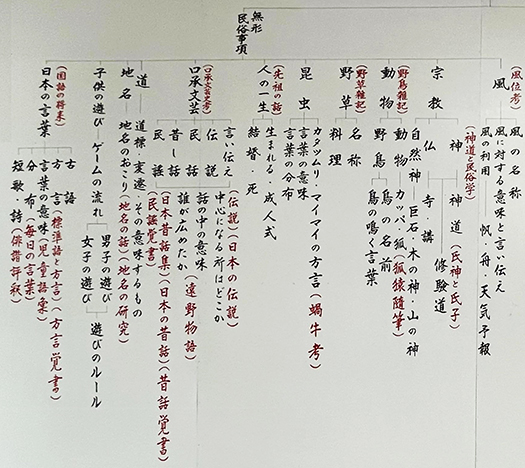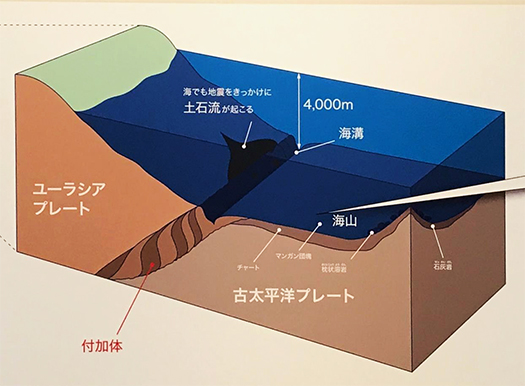
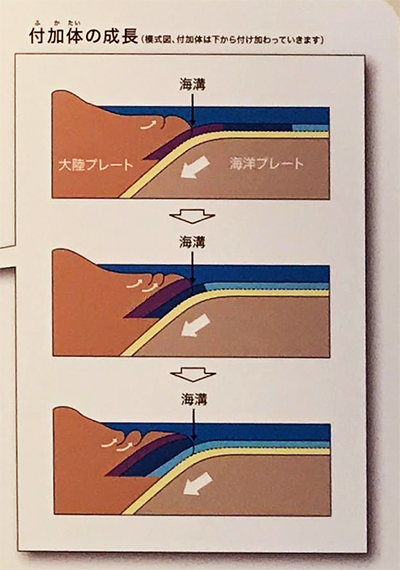
先日「だんだん石に吸い寄せられている」というヘンテコな名前のブログ投稿をしたところ、予想に反してそこそこの反響があって、わたし自身も興味深かった。英国人建築家・ノーマンフォスターによる鎌倉市歴史資料館建築の石材のデザイン性、素材感レベルでの「創意」に面白みを感じていたという記事です。
そして木造文化圏を厚く形成している日本人とはいえ、わたしの自宅はコンクリートブロック造であることもあって、もう少し石系の素材、石造についても再学習したいなと考えているところ。まぁ高齢者のお勉強なので独断と偏見に満ちた路線で暴走することになるかもと不安ではありますが気をつけます。
一方で以前に探訪した熊野三社でいたく感動させられた地域景観美が実は大陸プレートと太平洋海洋プレートの境界域で発生する「付加体」地層の顕著にあらわれたものということを知ってから、その様子を再度、体験したいと探訪計画中であることが、そんな経緯とみごとにシンクロしてしまったのです。
さらに過去取材している北海道遠軽町白滝の「白滝ジオミュージアム」について、ふと気付いて写真整理をしていたら、同じ「付加体」というキーワードがピッタリ符合してしまったのであります。

どうも石の神さまの思し召しなのか(笑)、人類社会の初期のありようは石器であったこと、また、最初期の住宅は「洞窟」であっただろうことなど、探訪動機が膨らんできています。
熊野の独特の地形は2000万年前のころの地殻変動の結果できあがった「付加体」によって形成されたものだそうですが、同様の地殻変動の結果である北海道白滝では9000万年前の大陸プレートと太平洋海洋プレートの衝突の結果生成された付加体によって地殻構成されている。それが有数の「黒曜石」産地として10,000年以上前の石器時代当時から、有用鉱石として人類に利用され続けてきた、というのだそうなのです。
付加体というものの地学的説明は上の図をごらんください。そういえばわたしは進学校生であった高校時代、早々に難関校受験を諦めていたタイプだったのですが、ふだんの予習復習では敵わない一発型の地学のテストで最上位の成績を取って自慢しておりましたが(エヘン)、数学・物理を巨視的に考える地学は似合っていたのかも知れない(笑)。そんな遠い悔悟の念が強まってきて、このテーマ、可能な限り意識的に実際の見学機会を増やして知見を広めたいと念じております。ノーマンフォスターさんのお導き、生かしたい。
English version⬇
[Sucked in by stone architecture and re-learning “accretionary” geology (laughs)
Ever since I came in contact with Norman Foster’s works, my mind has been sucked in by materials and stones. I am even reviving my predisposition to geology, and it’s not good (laughs).
The other day, I posted a blog post with a weird name, “Gradually getting sucked into stone,” which, contrary to my expectations, received a fair amount of response, which was interesting to me as well. The article was about how the British architect Norman Foster’s design and “creativity” in the level of materiality of the stone materials used in the construction of the Kamakura City Museum of History was interesting to me.
And even though the Japanese have a strong wooden cultural sphere, my home is made of concrete blocks, and I would like to relearn more about stone materials and stone structures. Well, I am worried that I may go off on a tangent full of dogmatism and prejudice because I am studying as an elderly person, but I will be careful.
On the other hand, the beauty of the regional landscape that impressed me so much at the Kumano Sanja shrine that I visited before is actually a remarkable manifestation of “accretionary” strata that occur at the boundary between the continental plate and the Pacific Oceanic plate, and I am now planning to visit the area to experience it again. I am now planning to visit the area again to experience it again.
Furthermore, when I was sorting through the photos of the Shirataki Geomuseum in Shirataki, Engaru Town, Hokkaido, which I have covered in the past, the same keyword “accretionary body” fit perfectly with the description.
Perhaps it was the intention of the stone god (laugh), but my motivation to visit the museum has been growing, as I have learned that the earliest forms of human society were stone tools, and that the earliest houses were probably “caves”.
The unique topography of Kumano was formed by “accretionary complexes” created as a result of crustal movement around 20 million years ago, while the crust of Shirataki, Hokkaido, which is the result of similar crustal movement, is composed of accretionary complexes created by the collision of the continental plate and the Pacific Ocean plate 90 million years ago. This is one of the most famous sources of obsidian, which has been used by humans as a useful ore since the Stone Age, more than 10,000 years ago.
For a geological explanation of what an accretionary complex is, please refer to the figure above. I remember that when I was in high school, I was the type of person who gave up on entrance examinations for hard-to-enter schools as early as possible, but I was proud of getting the highest grade on a one-shot geology test, which I couldn’t compete with through my usual preparation and review (ahem), but geology, which considers mathematics and physics macroscopically, may have suited me (laugh). (laugh). I am now feeling such distant remorse, and I am determined to expand my knowledge on this topic by consciously increasing my opportunities to visit actual sites whenever possible. I would like to make use of Mr. Norman Foster’s guidance.
Posted on 11月 26th, 2023 by 三木 奎吾
Filed under: 住宅マーケティング, 歴史探訪 | No Comments »



